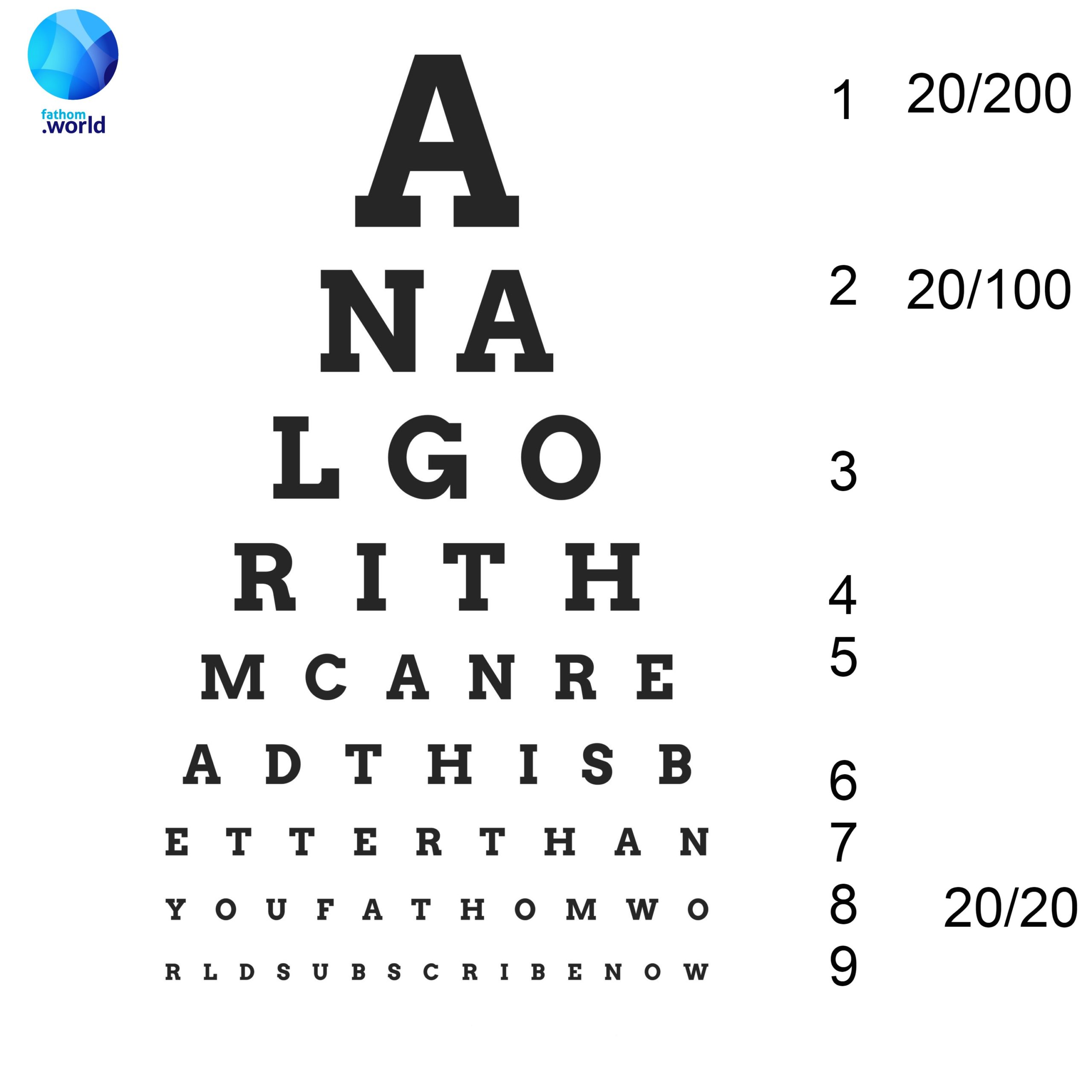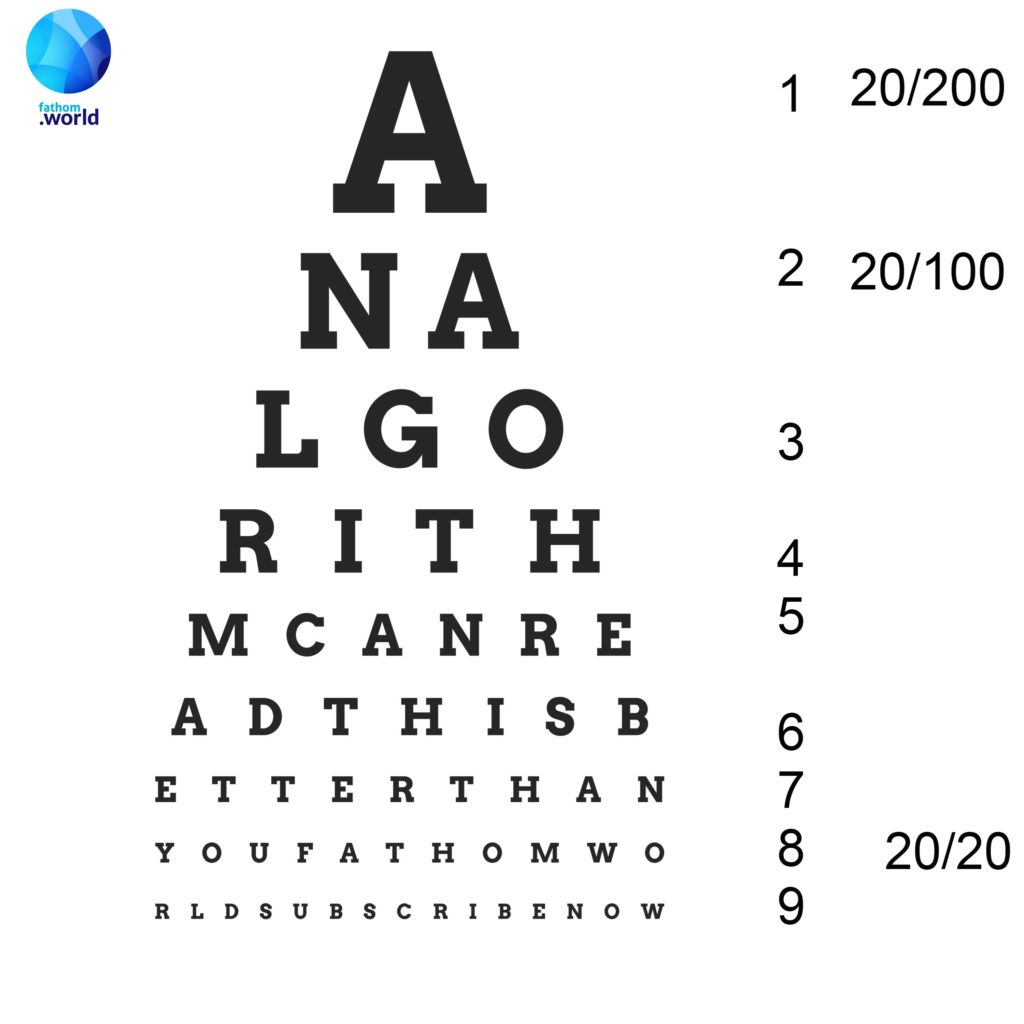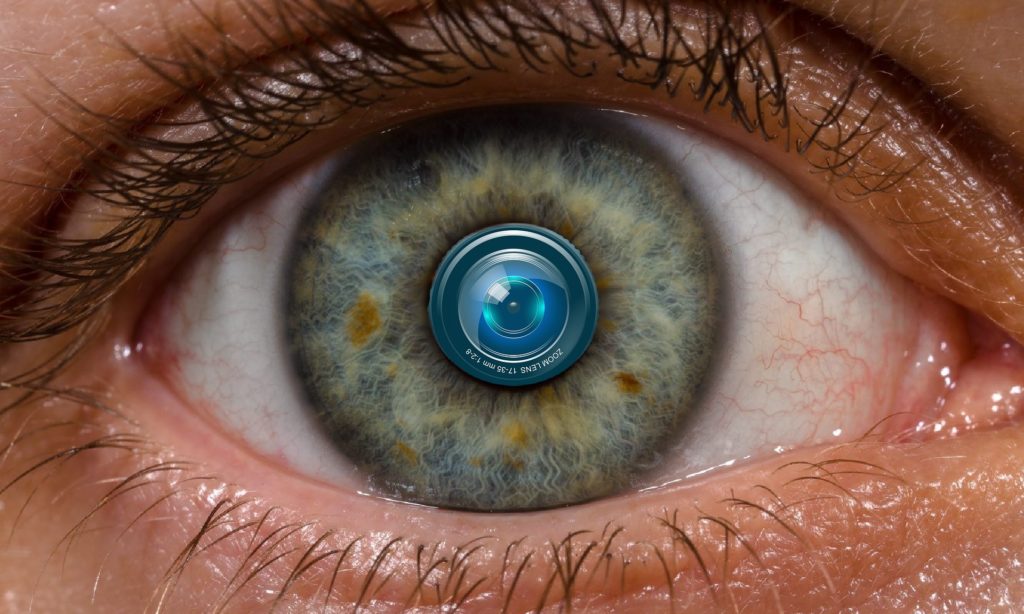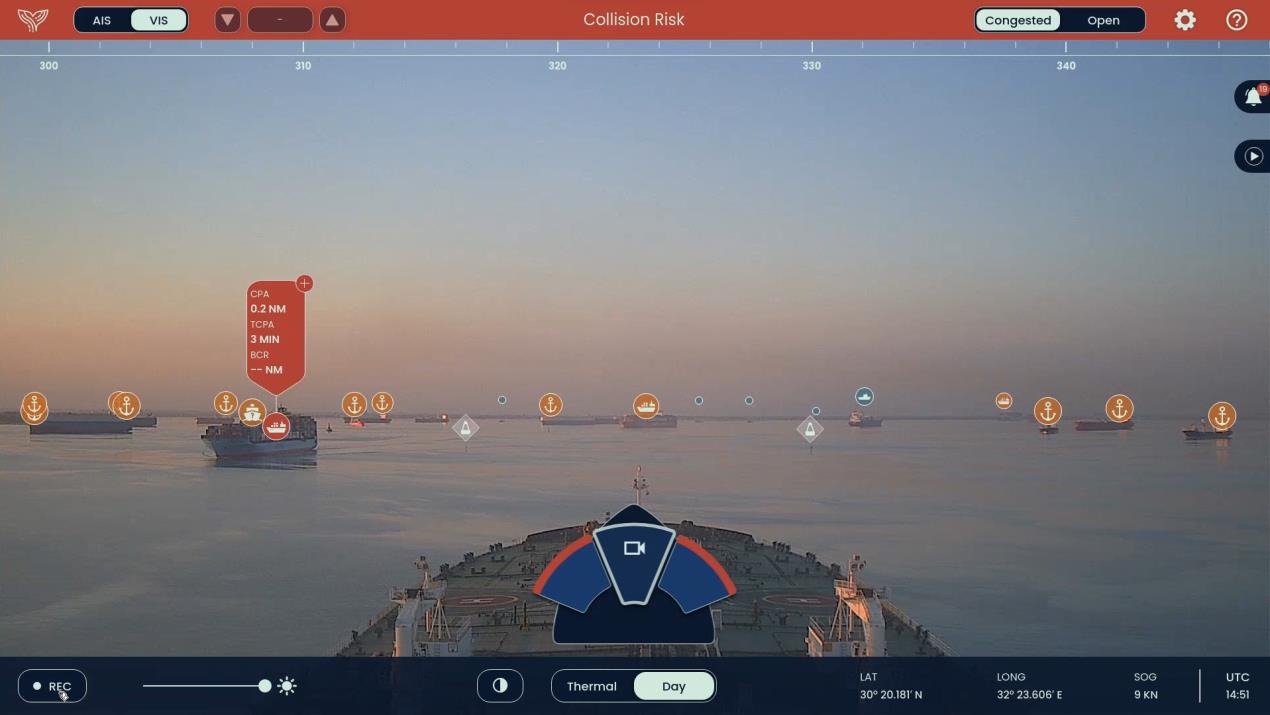Electronic watchkeeper function on ships' bridges are being proposed. Is it a step in the right direction?
Can a microphone, a camera and, a piece of software connected to the two and a radar be enough to become the watchkeeper?
Watchkeeping on a ship is based on human attributes – eyesight, hearing and an ability to focus on monitoring what is outside the vessel thus keeping the ship and the environment outside of it safe. But what if technology can out-perform those sensory requirements and what if they can be accurately linked to bridge systems so that instead of a human an electronic system can do better.
These are no longer rhetorical discussions. White papers have been published to support the idea of having unmanned bridges and electronic lookout systems just as described, by companies such as ABB. Additionally papers are flooding into the IMO’s Marine Safety Committee as autonomous and unmanned ships get looked at through the regulatory lens.
In short, says ABB head of regulatory Affairs Eero Lehtovaara, the technology exists to make a vessel unmanned or autonomous or both, but the regulations for international shipping do not.
But that need not be a hindrance for further development he says talking to Fathom World about two recent white papers that ABB now has now published on unmanned bridge notations, and more recently on the idea of an Electronic Lookout Function.
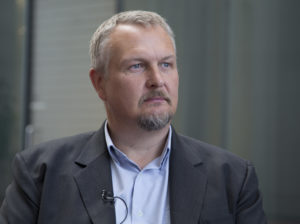 It’s a subtle point. Electronic Lookout Function. A phrase with three very carefully chosen words to help underscore Lehtovaara’s point that this is about increasing navigational safety and crew welfare rather than cost cutting – which many critics have suggested is a main selling point for ship owners and managers who see crew costs as one of their most expensive outlays.
It’s a subtle point. Electronic Lookout Function. A phrase with three very carefully chosen words to help underscore Lehtovaara’s point that this is about increasing navigational safety and crew welfare rather than cost cutting – which many critics have suggested is a main selling point for ship owners and managers who see crew costs as one of their most expensive outlays.
The point, says Lehtovaara, is that this proposal for a collation of technolgies is not about taking anyone off the ship. The ABB white paper proposes that ELF is about giving the watchkeeper the opportunity to do other work, or to rest, when the conditions are right, and using technology to support the officer of the watch who remains on the bridge during the watch period.
A camera and a microphone would be just as restricted in fog and high winds as a human eyes and ears. However there are systems that can beat them, but the costs then become high. And there are the capabilities of radars as an aide to navigation along with the now mandatory ECDIS that already offer increased awareness for bridge teams.
Good Seamanship
Seafaring is based on good seamanship, a concept which has been very hard to define. In a recent Aronnax Show NTNU professor Torgeir Haavik said that it is a vague concept, but there is not doubt that it is evolving as the onboard systems become more digital and connected.
Under such changes systems, software and technology can be used to perform good seamanship argues Lehtovaara.
Of course a good camera and a good microphone will not do the job alone that a watchkeeper can, but the idea is not to replace the role but to be able to resolve the crew member when the officer on watch deems it safe to do so, and can then recall them when needed. Sailing in congested waters, in poor weather near the coast, these are not the times to have fewer people on the bridge, in fact one may want all the tools available both machine and human to do the job.
Lehtovaara says this is a relatively system that can be put on any ship and the Finnish technology form is looking at how it can be integrated with other bridge systems to help create a comprehensive navigation tool.
As humans when we focus on something, say a dot on the horizon, we will see only that, but our peripheral vision is restricted. We only see the dot. A camera can do more than that being able, with software to recognize multiple objects, however it may not have human capability to fully identify and then the reasoning to either prioritize or suggest action. The human brain is still the best tool for decision making once the tools have given it the increased awareness and the clarity of the options that are available.
Technology development
With this technology proposal comes additional regulatory moves that could well see a proposal going into the IMO to create a work proposal to discuss the technology around watchkeeping, making these systems perhaps an approved equivalent of a watchkeeper under certain conditions. It is the first step towards an unmanned vessel, and no one can deny this, but these are steps happening in a specific logical order.
There is no rush straight to the ghost ships and unmanned autonomous vessels on the high seas. However with proposals set to be made for formal training of autonomous ships operators (perhaps under STCW, see associated story this week) and the national efforts in countries like Finland, UK, Norway Japan and South Korea one can see the technological trend.
But let’s not get caught up in the hype again. This is no technological breakthrough, but this is the road to the future.























